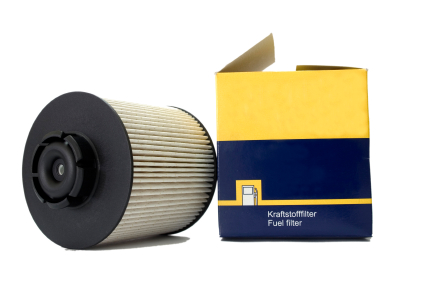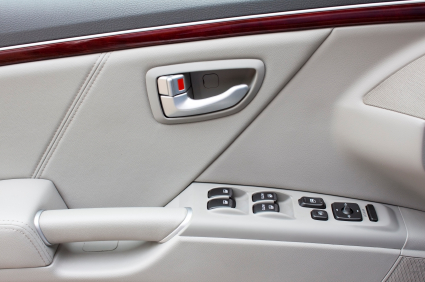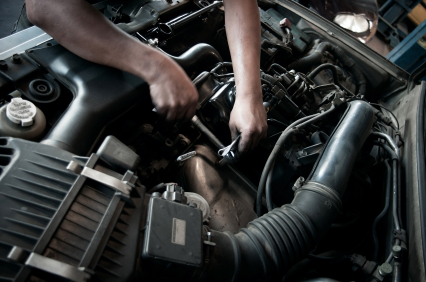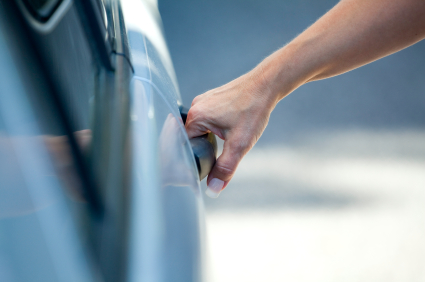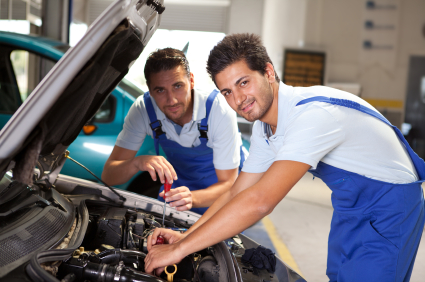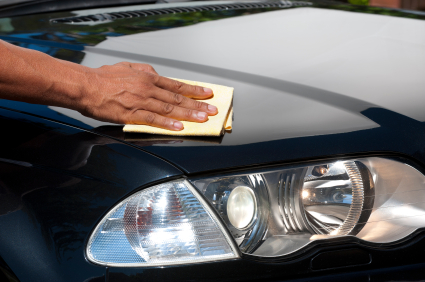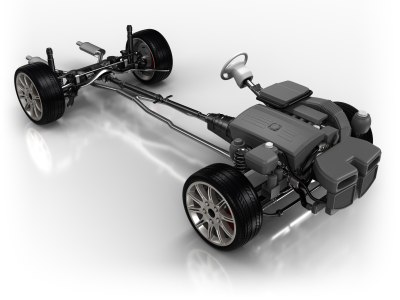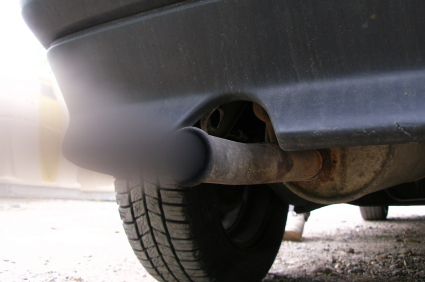The fuel filter keeps your car moving smoothly by removing any impurities that could clog the fuel injectors. Some vehicle manufacturers claim that the fuel filter can last for the life of the car, but many professional mechanics recommend changing the filter every 12,000 miles. Changing the fuel filter on your own can range in difficulty depending on the type of car. The Car Care Council, an organization focused on helping people properly maintain their vehicles, recommends handing the work off to a licensed professional. However, if you want to save money and are up to the challenge, you can read the follow to learn how to install a fuel filter on your own.
Tools needed
The specific tools you will need for the job depend on how the fuel filter is connected to the fuel lines. Examine how the filter is connected to determine whether or not you will need a wrench or pliers. Other simple tools will come in handy such as a screwdriver, sockets, and a flashlight.
Depending on the type of vehicle you might also need special tools for removing the fuel filters. Consult your car’s service manual or research details about the vehicle online to determine if any special tools are needed.
Most importantly, you will need to purchase a new fuel filter before you start the job. These are available at local auto parts stores and typically cost less than $15. Make sure to know the make, model, and year of your car so that you can purchase the correct filter.
Preparing your vehicle
Changing the fuel filter will release flammable fumes and small amounts of fuel, so safety should be a top priority. Make sure to work in a well-ventilated area, preferably outdoors, and clean up any fuel spills as quickly as possible.
Protect your skin and eyes by wearing safety goggles and disposable nitrile gloves. Nitrile gloves offer much better protection from solvents like gasoline then latex gloves. Of course, don’t smoke or light a flame when working on the car’s fuel system. It may also be a good idea to keep a fire extinguisher nearby.
You may also need to place your car on a jack before you begin working on the fuel filter. To do so, apply the car’s parking brake and place blocks against the wheels that will remain in contact with the ground. This will keep the car from rolling while you are working underneath it. Follow the instructions in your car’s manual to determine the best way to apply the jacks. Once the car is high enough off the ground, replace the jacks with jack stands. This is to prevent the risk of the jack failing while you are working underneath the car.
Removing your old fuel filter
Once you have located the fuel filter, you will need to relieve the pressure in the fuel line. A common method is to remove the fuse for the fuel pump and run the engine until it dies. Next, you should disconnect the negative terminal of your car’s battery to minimize the chance of a spark.
Take note of how the fuel filter is connected to the fuel line before removal. This will come in handy when it’s time to install the new filter. Before disconnecting the fuel lines, wrap the fuel filter in a towel to catch any spilling fuel. Then, detach the filter from the mounting bracket and dispose of it.
How to install fuel filter
First, check to see that you are not installing the filter backwards. Most filters will have an arrow that marks the way fuel should flow through them. Once you know the correct way to install the filter, secure the filter to the mounting bracket. Then, attach the fuel lines using any new hardware included with the filter. Once the filter is in place, replace the fuel pump fuse, reattach the negative battery terminal, and turn on the engine. Don’t be alarmed if the car does not start right away. You will probably need to start the car a few times until the pressure in the fuel lines rebuild. Once the car is running, check for leaks and clean up any spilled fuel. Then, congratulate yourself for successfully installing a brand new fuel filter!
Need professional help?
No problem! TalkLocal can connect you to up to three high quality auto-repair professionals in minutes! Simply enter a brief description of your service needs along with your location and availability, and TalkLocal will do the rest. Within minutes you will be connected to up to three professionals in your area willing to help.

